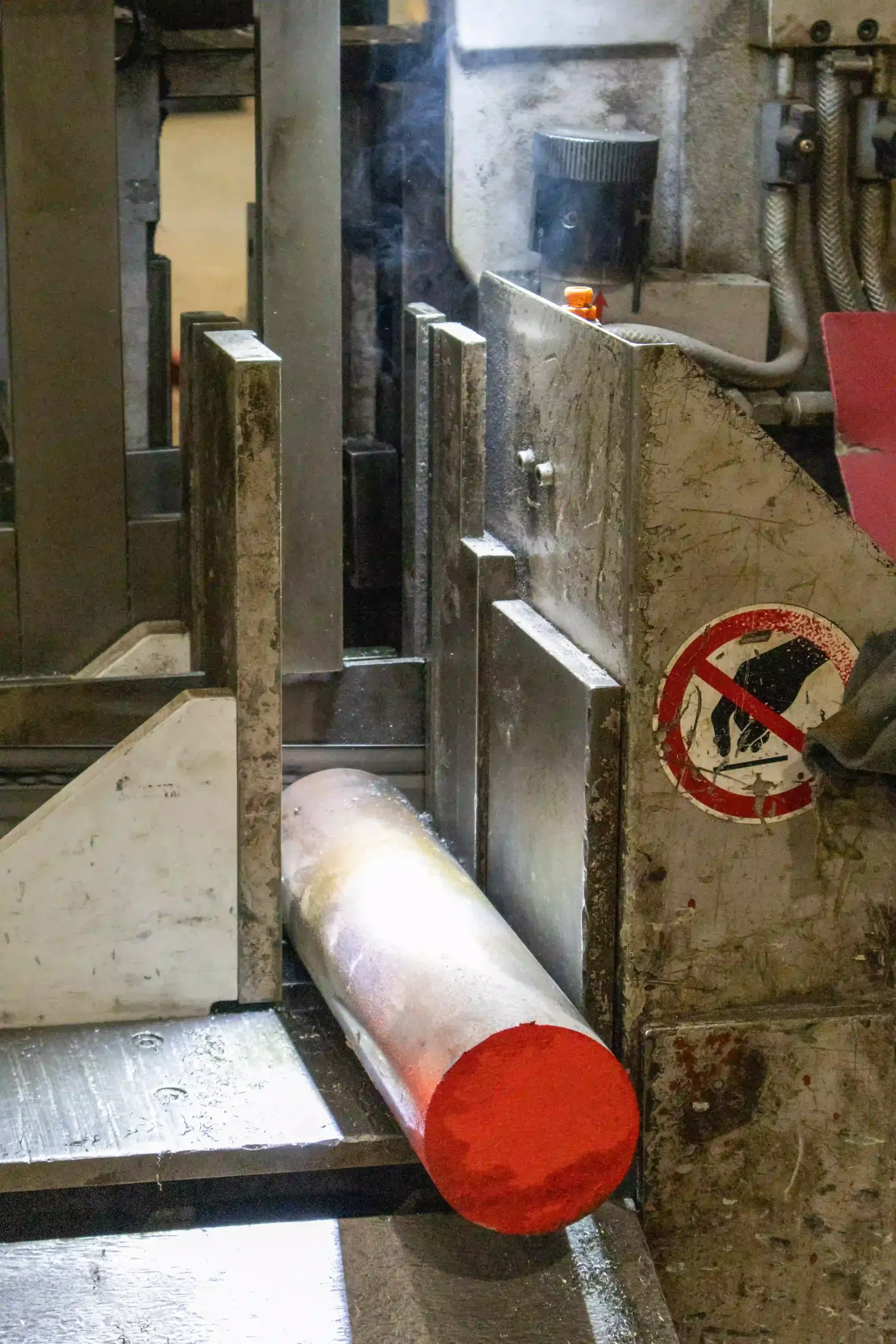Comprehensive Guide to Choosing the Right Metal Stock for your Project
If you’re planning a new metal project, you’ll want to get it off to a good start by choosing the right metal stock for the job. Given the sheer number of rolled steel, other metal, and alloy options available, making this decision isn’t easy, especially if you’re unaware of their properties as well as their pros and cons.
Use this guide to learn about metal properties and shapes so you can make the best decisions for your structural sections.

Choosing the right metal
Not sure whether to choose bright steel or another metal for your project? The best way to make your decision is to carefully consider your project’s needs and compare them with the properties of each potential option.
The key properties to think about when making your decision include:
- Ductility and formability: These traits determine what shapes you can form the metal into. Metals with a lower ductility cannot be shaped into a wire with ease, while metals with a lower formability can’t be bent without snapping.
- Machinability: The machinability of a metal is the ease with which the metal can be cut with a blade. Metals with lower machinability usually require speciality tools for cutting, which can increase your expense and lead time.
- Tensile strength: This represents the amount of force that the metal can withstand without snapping. This is an especially important consideration for projects that will experience major forces.
- Weldability: Metals with higher weldability are easier to weld than metals with low weldability. If you choose a metal that cannot be welded easily, you will need to pour additional expertise and time into the project, which could negatively impact the budget and lead time.
With this in mind, it’s time to take a look at various metals, their properties, and their pros and cons.
Cold rolled steel
The production process of cold rolled steel is different to that of hot rolled steel, which results in different and incredibly versatile properties. As the product undergoes more extensive shaping before it is cooled, it produces more exact dimensions and closer tolerances. Cold rolled steel is available in high-strength grades which tolerate high loads, making this a good choice for structural sections in the automotive, construction, and industrial applications, as well as smaller applications such as consumer goods and furniture.
Re-rolled steel products are made from steel that was rolled into one shape and then re-rolled into a new shape. Bright steel is made by cold rolling or drawing steel that has been hot rolled to remove the mill scale, creating a smooth, shiny, corrosion-resistant finish.
Pros: Up to 20% stronger than hot rolled steel, better surface finish.
Cons: More expensive than hot rolled steel, can’t be shaved down which means precise measurements are essential, difficulty manipulating this metal can lead to longer lead time.
Stainless steel
One of the most sought-after construction materials, stainless steel offers superior strength as well as superb resistance to extreme temperatures and corrosion compared to other options such as bright steel. In addition to these functional physical properties, stainless steel is easy to work with, and it offers a beautiful finish. Composed of a mixture of chromium and nickel, this metal is often used in the automotive, chemical, and food and beverage industries.
Pros: Recyclable, extremely durable, aesthetically pleasing, won’t rust unless exposed to acid from nickel or chrome.
Cons: Heavy, not easy to weld, not easy to manipulate.
Aluminium
Aluminium is a low-cost metal stock that offers good durability, ductility, malleability, and corrosion resistance. Whether used on its own or incorporated into alloys for greater versatility and strength, aluminium has a variety of applications in the automotive, construction, electronic, food and beverage, and pharmaceutical industries. This metal often is used to make anything from aircraft components and cooking utensils to medical instruments.
Pros: Easy to machine, readily available, practical, and lightweight, rust resistant.
Cons: More expensive than steel, welding requires skill.
Brass
A zinc-copper alloy, brass has good resistance to corrosion from chemicals and water, and, like copper, it offers an attractive finish. The characteristics of brass vary according to the ratio of zinc and copper used to form it. Brass 70/30 and 85/15 are drawable and solderable, making them a good choice for solders and plates. You can use brass made with different ratios for various applications, depending on the required features. Brass is commonly used for bearings, electronics, fasteners, and valves in many different industries.
Pros: Antibacterial properties, easy to machine, rust resistant.
Cons: Not very malleable, tarnishes easily.
Choosing the right metal shape
Along with choosing the right metal stock for your project, you also need to consider which metal shape would be best for your requirements. Let’s see what the most common shapes offer.
Flat Bars
Flat bars, such as bright steel bars, are easy to bend around various axes and to bend into specific curves. You should also find it easy to bolt flat bars to each other and to other objects if you have the right drilling equipment.
Angle Iron
Angle iron is a good shape if you want to create a collar or rim off a flat metal sheet or plate, such as when making a wheel rim.
C-Channel
C-channel bars are available with pre-drilled holes, making them a convenient choice for bolting. These bars can support the structural strength of the metal that you bolt them to.
Metal Tube
The four sides of metal tubes or hollow sections such as ERW tubes make them the strongest metal shapes available. Metal tubes are the best choice for projects that require rigid structural integrity.
![]()
![]()
![]()
![]()
-
Posted by Verkeer
7th August 2023




